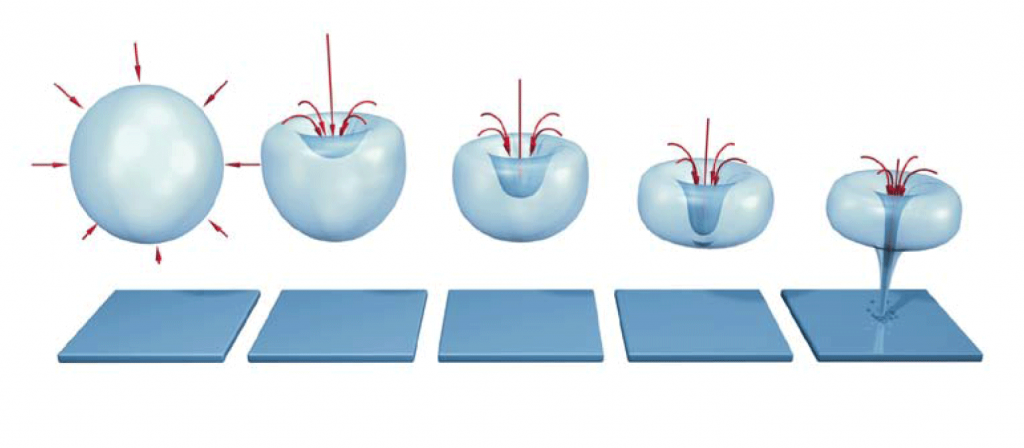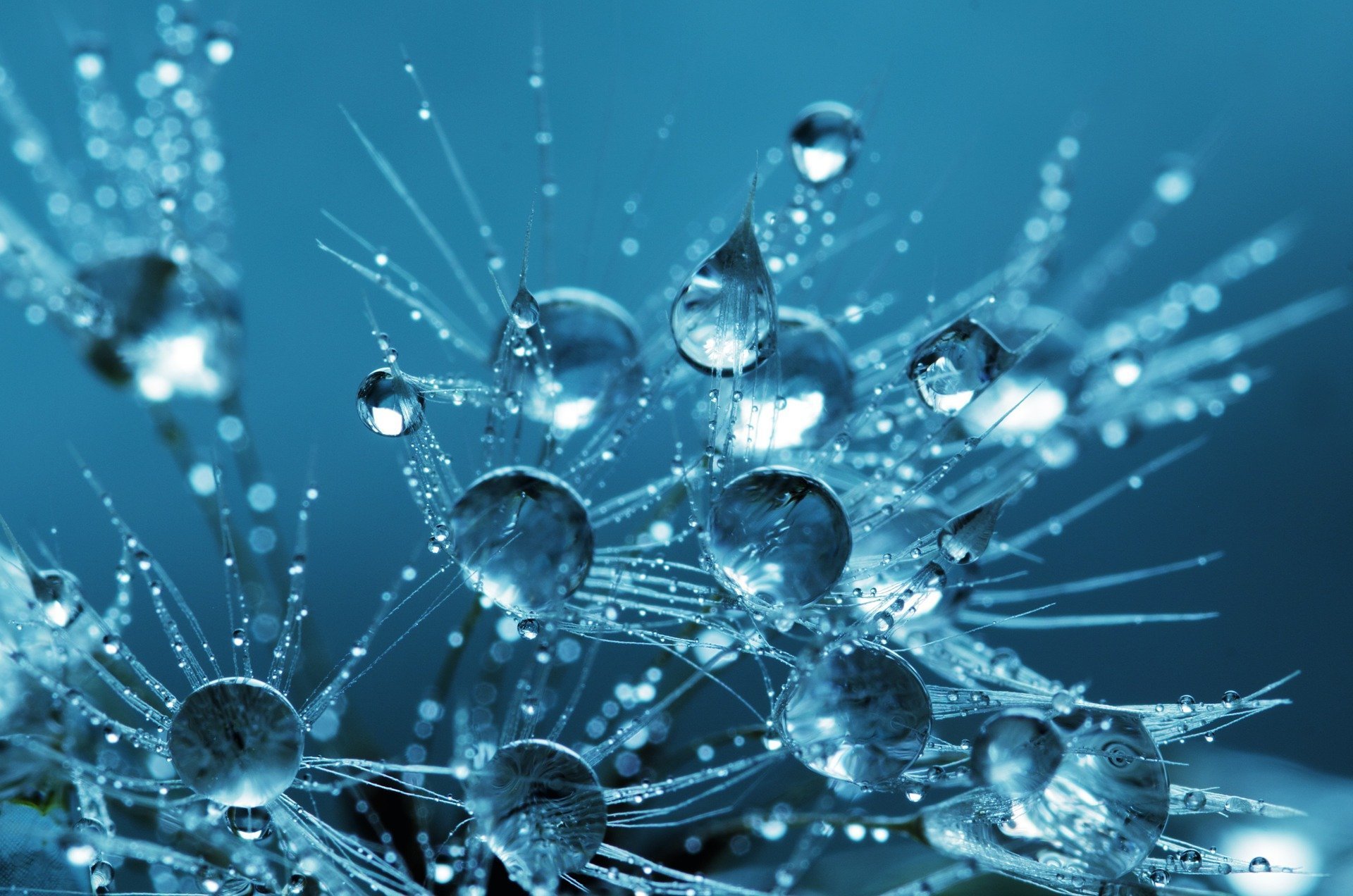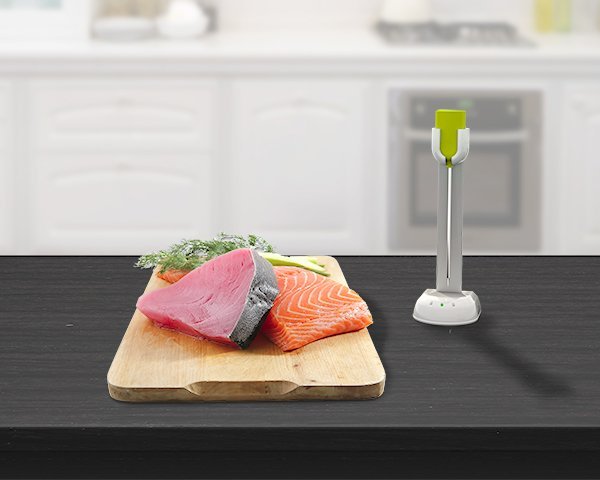Ultrasound in professional catering
The limit frequency of sounds perceived by humans does not exceed 20.000hz or 20 kHz (Hz or Hertz is the unit of measure of frequency, that is the number of vibrations per second).
Ultrasounds are sounds with frequencies above 20 kHz and up to 10mhz (mega Hertz).
Ultrasounds are present at different times in our daily lives: anti-theft and level sensors, dog whistles, cleaning of jewelry and metals, welding, ultrasound, stone removal, tooth cleaning, analysis laboratories, and many other uses.
Questa tecnologia è stata introdotta anche nel settore della ristorazione professionale grazie a SonicAger,an innovative ultrasonic “ager” of food, developed by Italynnova s.r.l., a company that boasts thirty years of experience in product innovation for domestic and professional cooking and that, with Sonicager has combined the innovative features offered by ultrasounds with the now more well-known and widespread low-temperature vacuum cooking (sous-vide).
Sonicager consists of a treatment tank equipped at the bottom with transducers that produce ultrasounds at variable frequencies around 40kHz, which are propagated in the cooking bath (water) favoring the phenomenon of cavitation.
Cavitation consists in the formation of micro gas bubbles in the water, which grow up to implosion, creating a microscopic jet of water that causes enormous pressures and temperatures in the proximity of the product being treated, thus generating very energetic surface micro massages.

The forces generated by ultrasonic bubbles on the tissues activate the assimilative processes of the cells of the treated product, favoring the denaturation of myofibril proteinsand the gelification of connective tissues, thus making the meat decidedly softer to the palate. The advantages deriving from ultrasonic treatments can be found in a softening of the structure of the meat, comparable to that obtainable with some weeks of dry aging, but with a much smaller loss of fluids, even compared to wet aging. The possibility of using lower temperatures for the treatment of foods, preserving colors and nutrients that would degenerate at traditional cooking temperatures, as well as better textures and textures found in the bite, generates an increase in aromas and flavors. The cavitation is also useful for the abatement of the bacterial charge and favors the thermal transfer towards the inside of the food in preparation, thus shortening the times and the consumptions regarding the classic sous-vide cooking.




